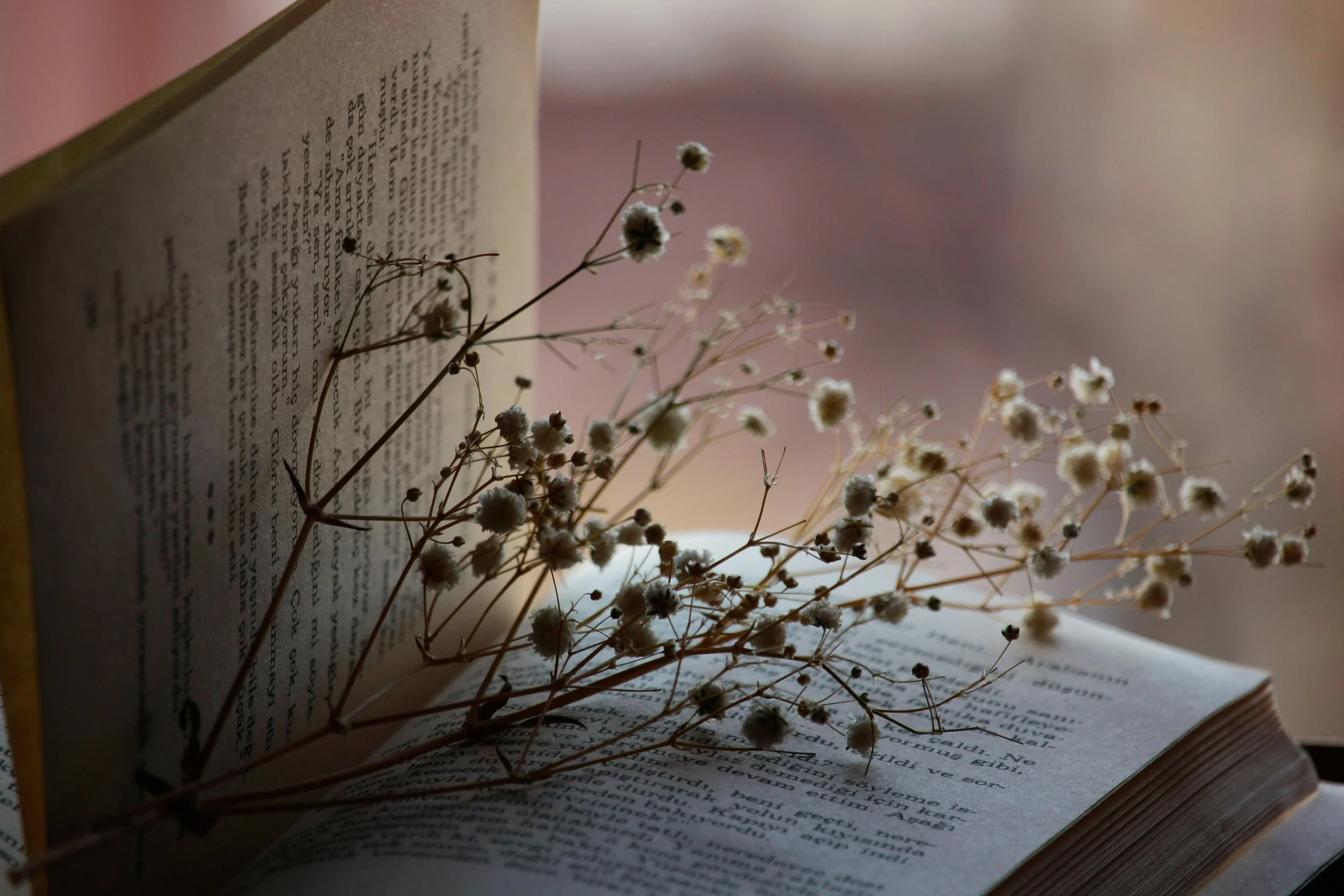Finding the Light
Going to the Heart of Interfaith on Song
Interfaith Voices – Over the Air & Your Ipod Portal
Changes at The Interfaith Observer (TIO)
Interfaith Skill-sets: Communicate, Connect, and Work Together
Can Things Get Better for Us All?
by Paul Chaffee
Trying to understand the scope of the word ‘interfaith’ is a never-ending exercise these days. Religion itself, in a remarkable turn-around, is taking center stage in the mainline media day after day.






